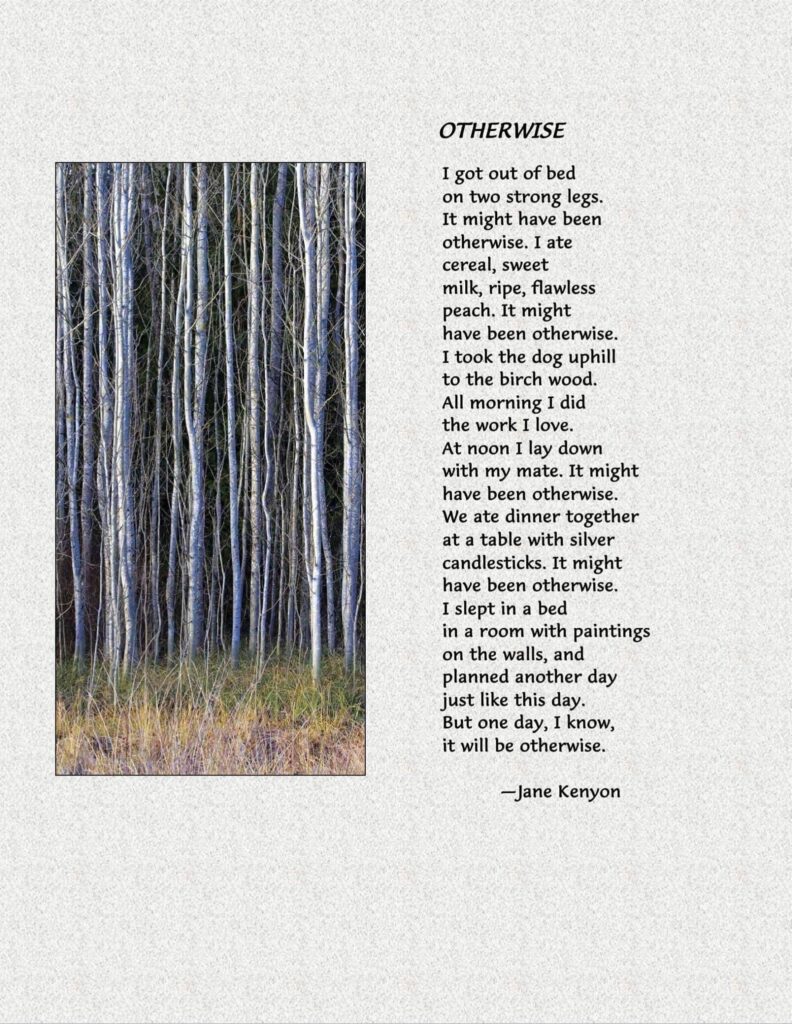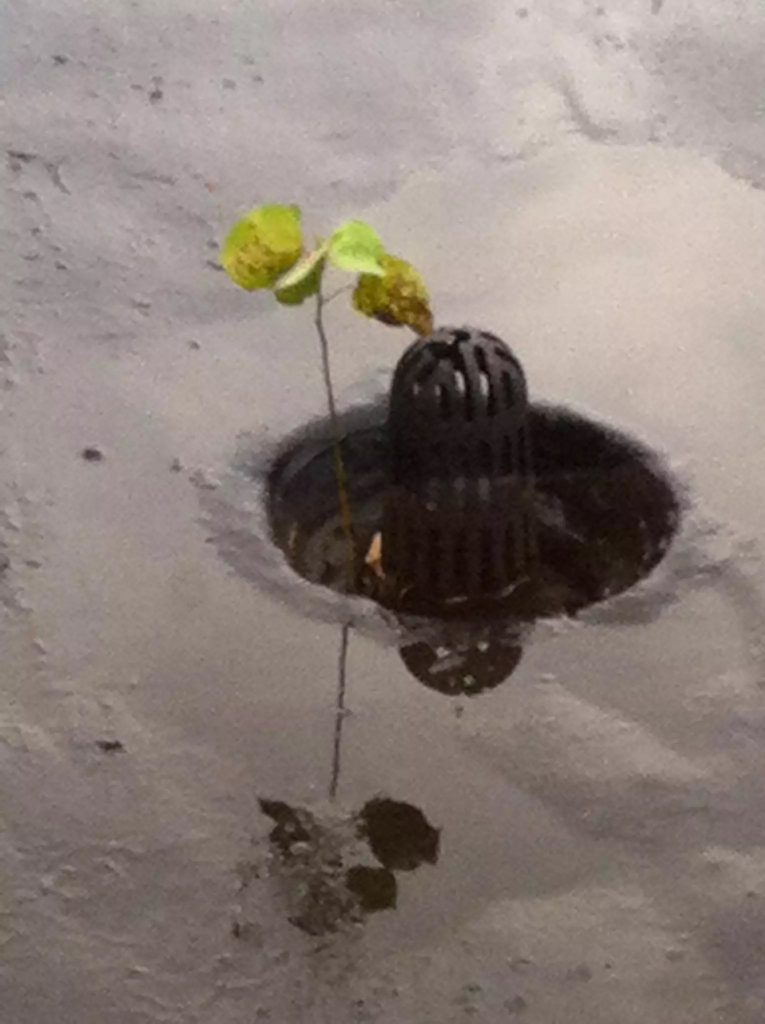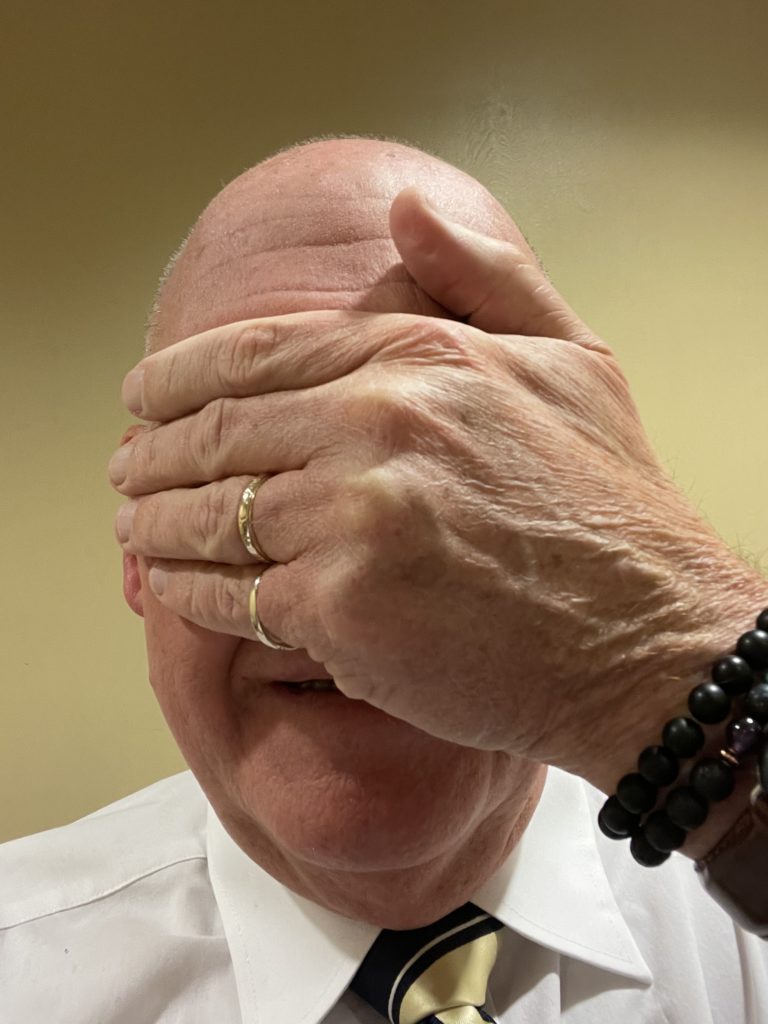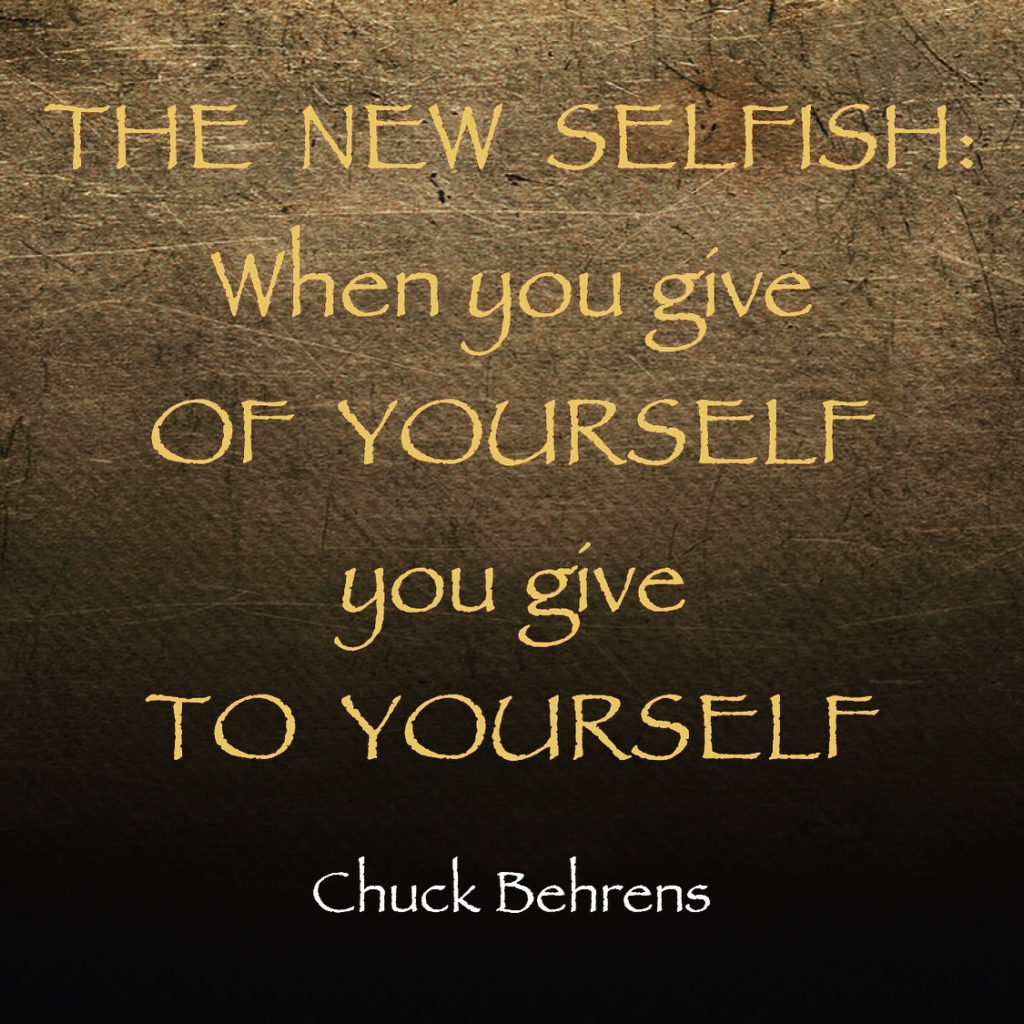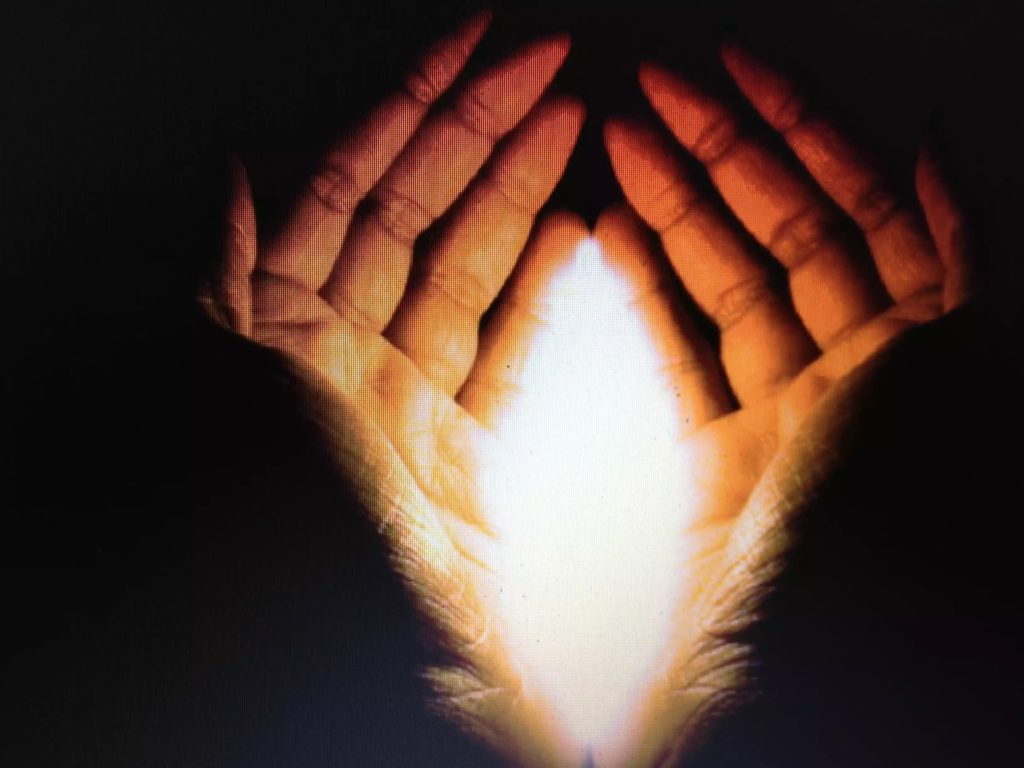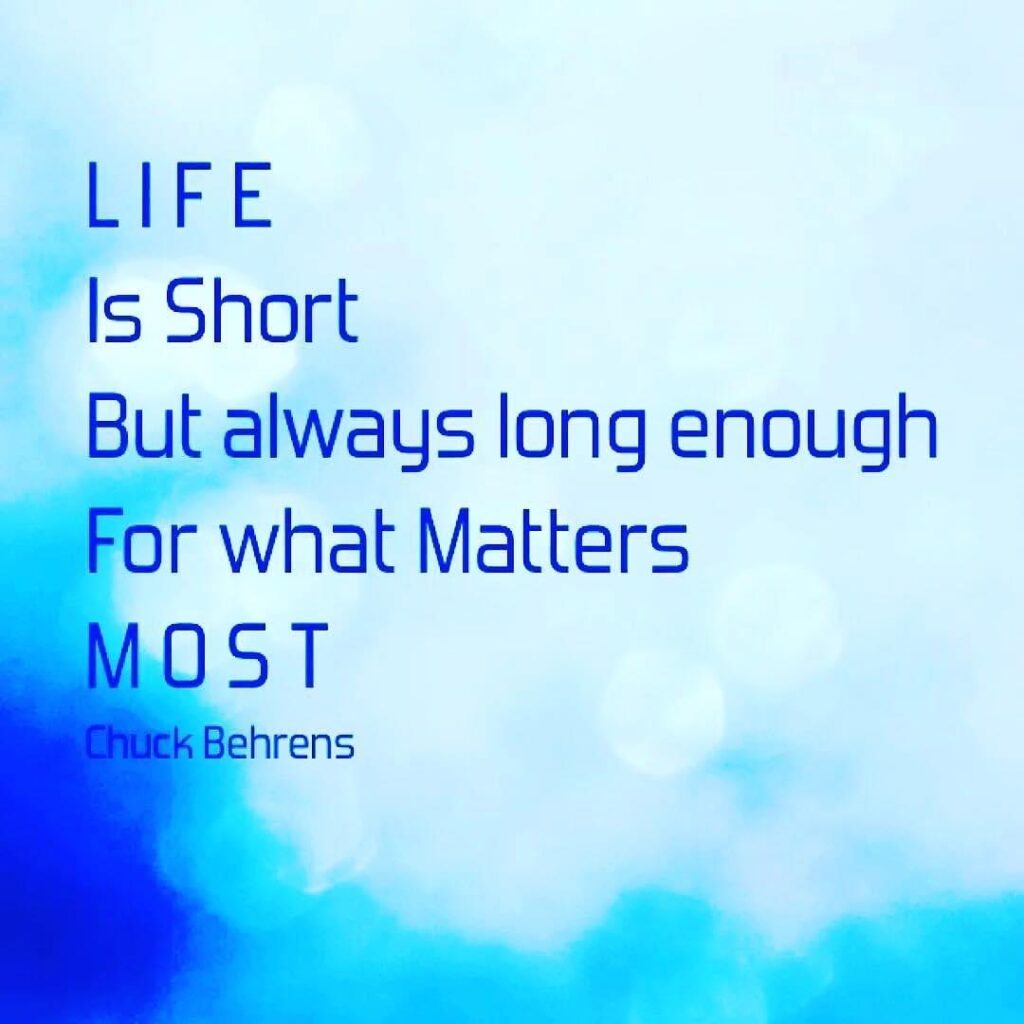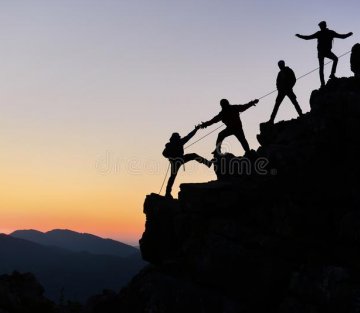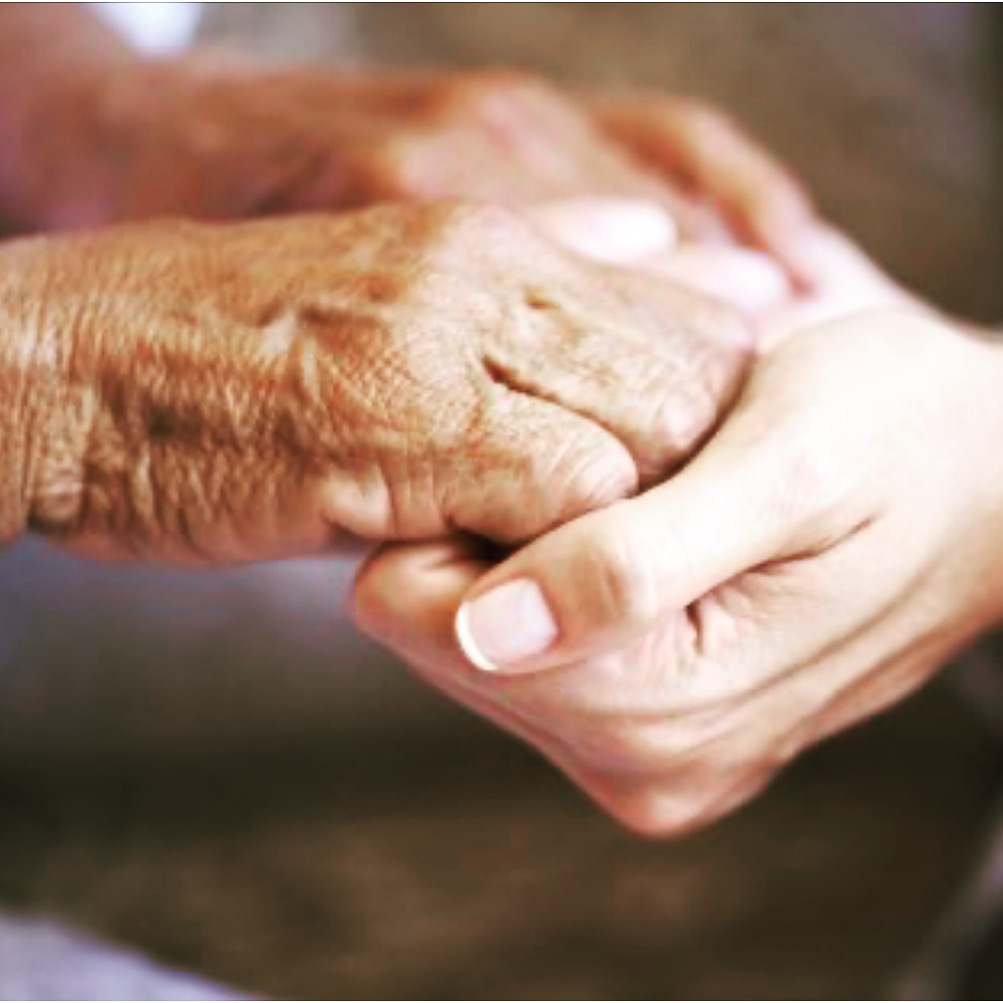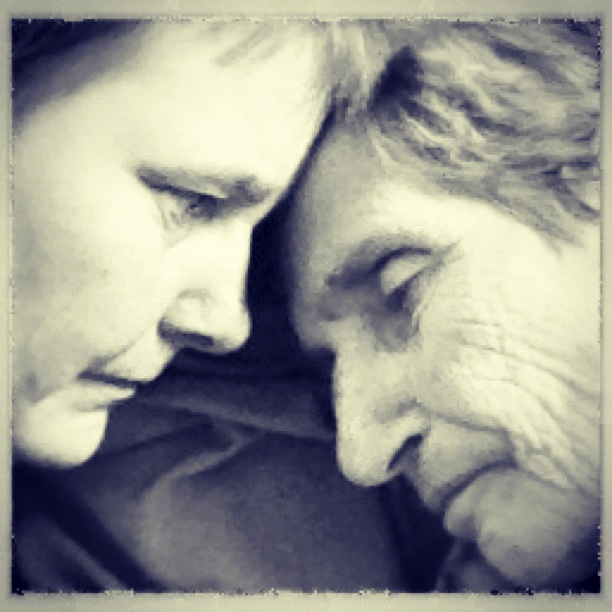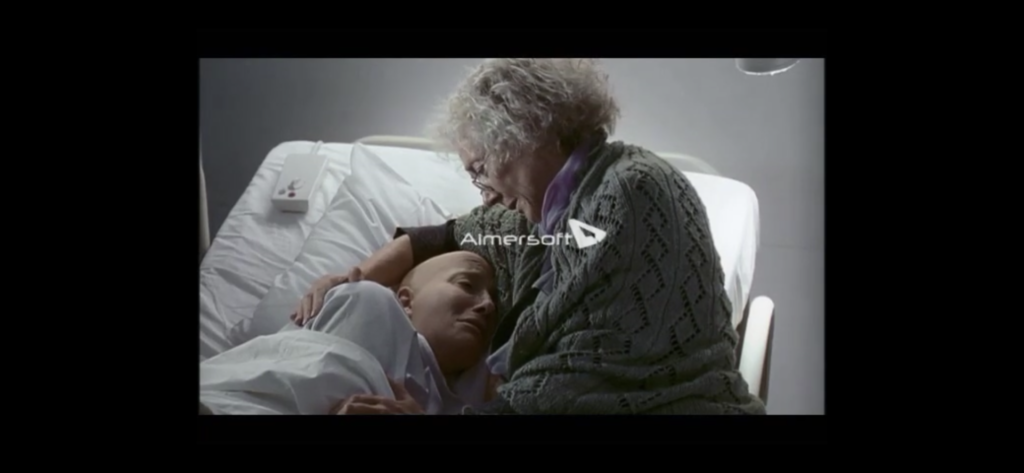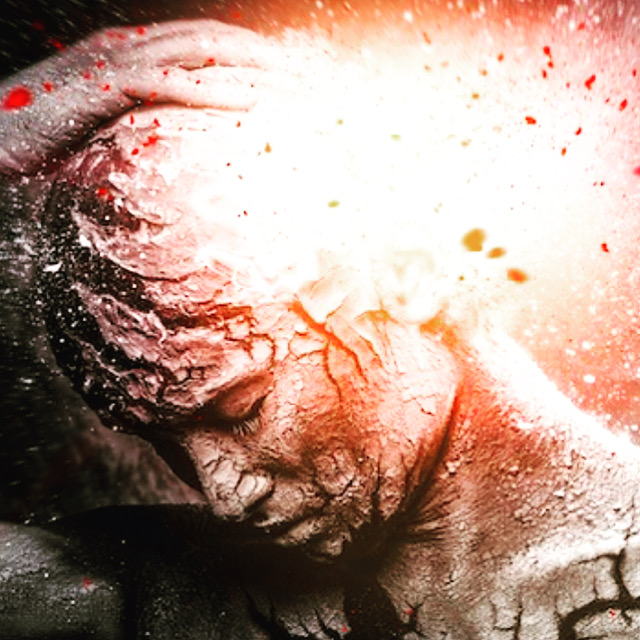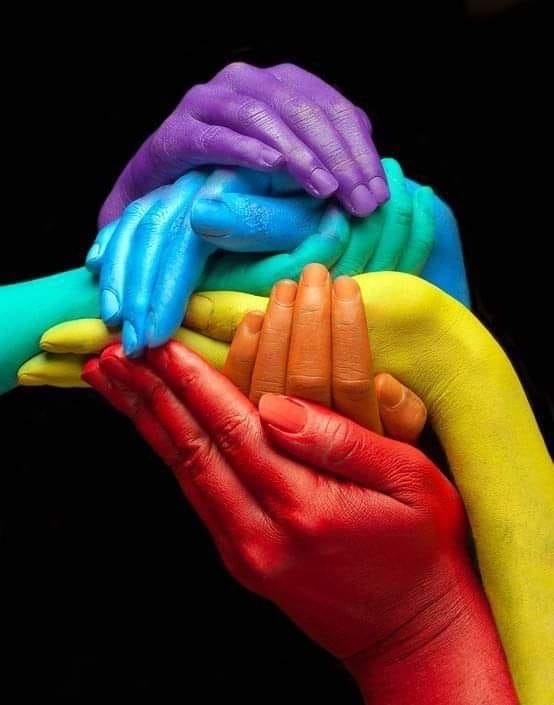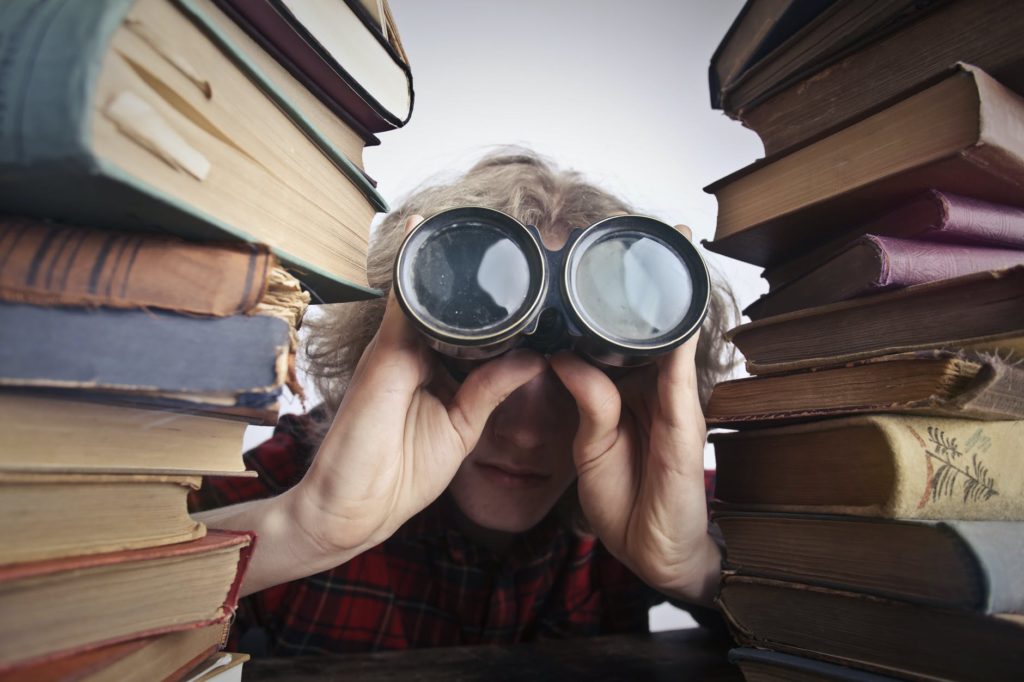Jane’s poem and some commentary of it has found me twice in less than a week which shouts:
PAY ATTENTION
and
S H A R E
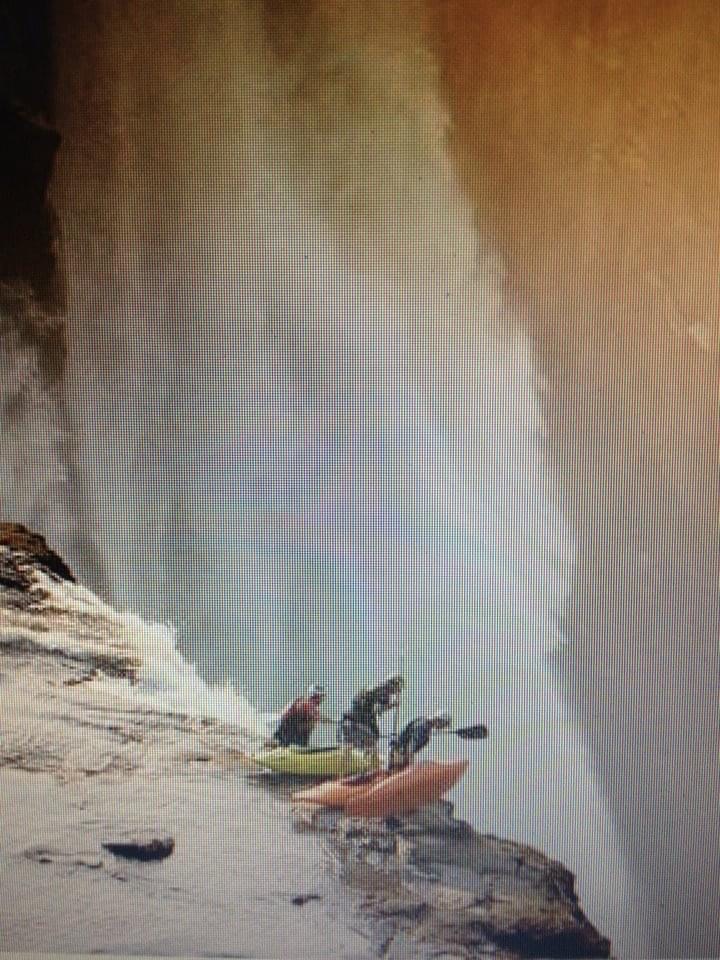 Have you ever had some
Have you ever had some
OTHERWISE
moments. . . ?
While in the recovery room from a colonoscopy a very kind and attentive nurse told me I should get a mole checked on my shoulder. I did. But the mole I got checked was fine but there were two others ones that were discovered because of that visit that were not; they were successfully removed after being discovered that were cancerous. . .but it could have been OTHERWISE
* * *
I suffered through a agonizing night of urinary retention which resulted in an early morning Emergency Room visit before a busy day of two funerals and a wedding; while the young nurse was catheterizing me, she asked me what I did for a living and when I told her among other things, I was a hospice chaplain, she asked me what hospice and when I told her Hospice of the Western Reserve, she stopped and looked down at me and told me that her daughter of 8 months had been on our services and had recently died from brain cancer. It was her first day back after her daughter’s death and her taking off three months to grieve her. As we were finishing up with paperwork she asked me, “How did you know that I needed you to come in today? I told her at that moment being there for both of us was the only thing that made sense and that we helped each other. . .but it could have been OTHERWISE
* * *
I had a stye on my eyelid but in my mind it had to be cancerous that would cause a hideous deforming blindness and as luck would have it the eye doctor was open late on this Monday night and had an opening for me. He confirmed that it was a simple stye and could be managed with some hot compresses. I told him I hadn’t been to see him in the 20 years that I’ve had success lasik eye surgery but then thought but there’s other reasons to visit him just to make sure my eyes were in good shape. Tests were run and it was determined I have a cataract in both eyes that will eventually need repairing and pressure in both eyes that indicate early detection of glaucoma. It was a less than a routine visit for a stye that could have easily been taken care of by Dr Google and it could have been OTHERWISE
* * *
What’s been your OTHERWISE moment? Like the poet, Jane Kenyon, to be sure we all have those OTHERWISE moments, most likely more than we pay much mind. “ONE DAY” as Jane says at the end of her poem, “IT WILL BE OTHERWISE”
One day, for a sure certainty, there will be a visit that will leave me so very much different coming out than when going it, if I come out at all, and I will not so much fall as drift softly into the arms of whatever’s next–a world that can’t be glimpsed from here. . .
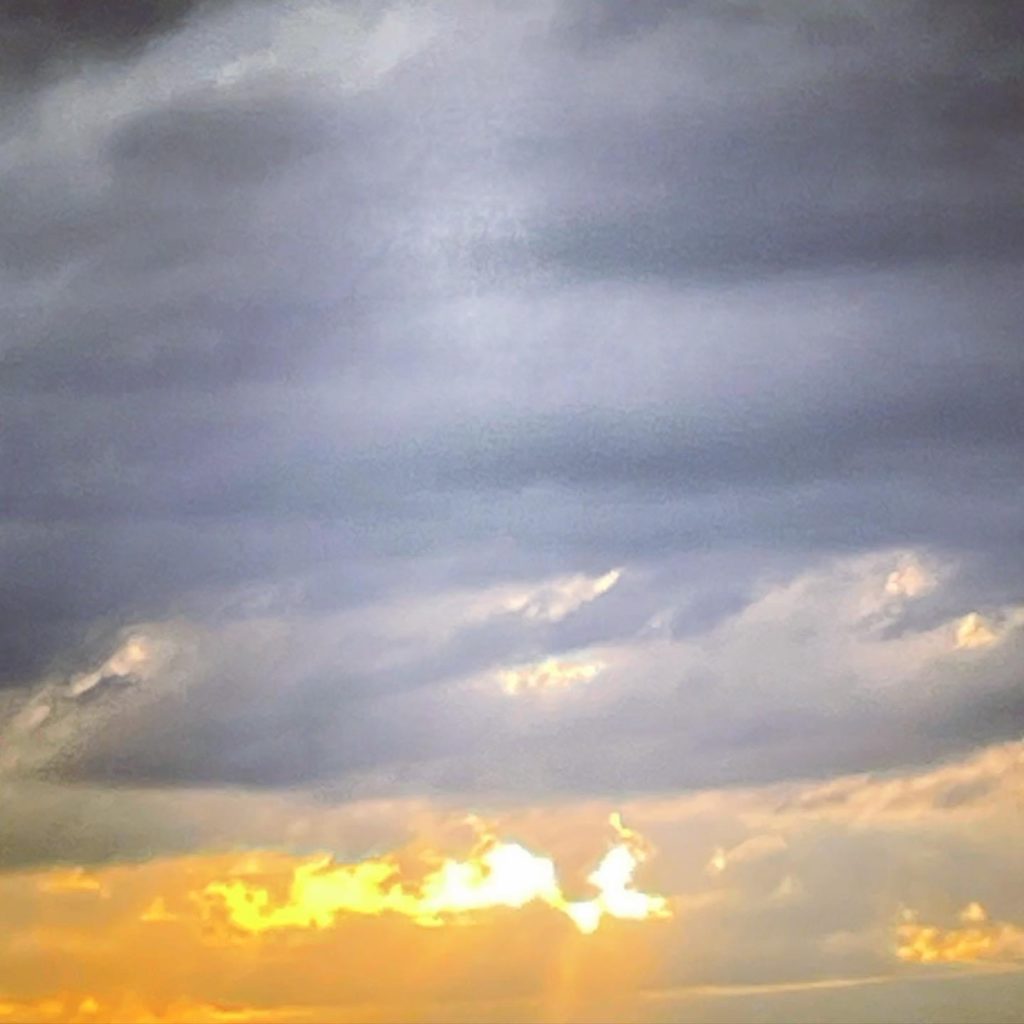 But until that Sunrise that’ll never set I hope that I, and sincerely hopefully, like you, we will truly rejoice in the happy OTHERWISE-NESS of being alive, of being here, NOW
But until that Sunrise that’ll never set I hope that I, and sincerely hopefully, like you, we will truly rejoice in the happy OTHERWISE-NESS of being alive, of being here, NOW
